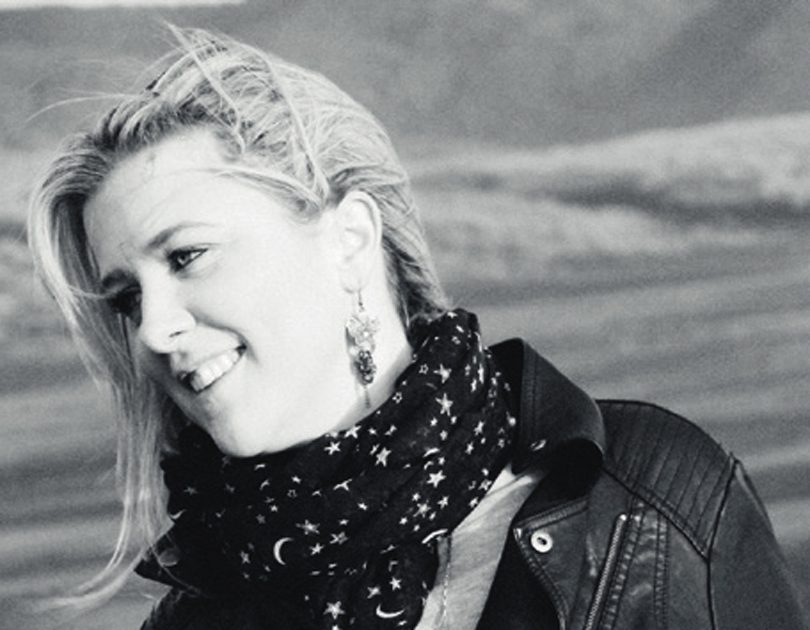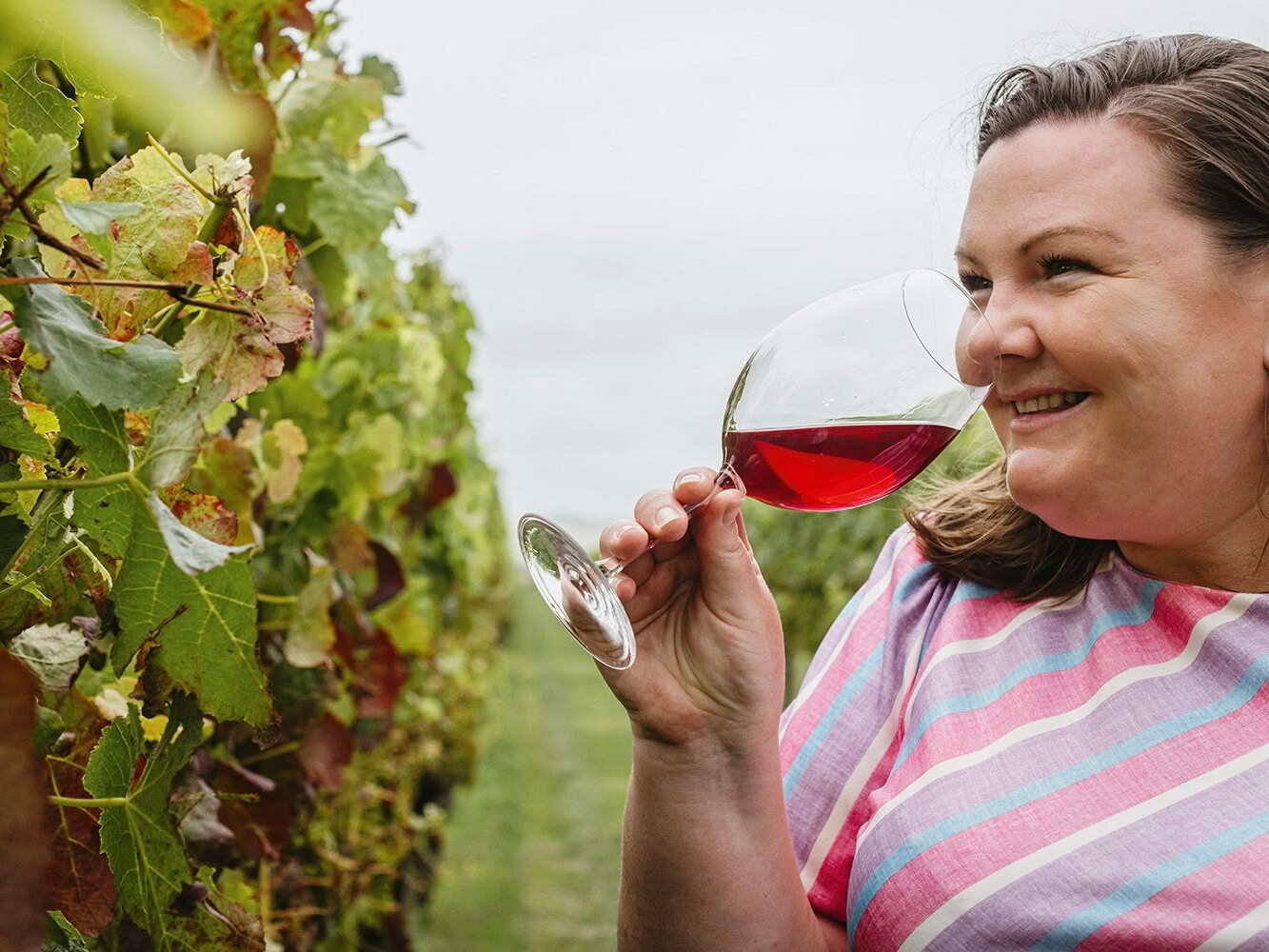Mary-Therese Blair says vegan wine isn’t just about jumping on the marketing bandwagon.
If there is a food phenomenon of our time it’s veganism. Currently one per cent of the global population identifies their diet as plant-based or vegan. This figure has doubled in the past five years and is predicted to rise to 10 per cent in the next decade, a remarkable prediction that makes plant-based no longer a trend, but a revolution that’s changing the world.
Wine is not immune to such movements and the demand for vegan-friendly wine is also growing. But wait, I hear you cry – wine is made from grapes, aren’t grapes vegan? While the main components of wine are simply grapes and yeast, during the winemaking process animal-derived products can come into play.
Stay with me, as I need to get technical to explain a step in the winemaking process called clarification. When wine grapes are crushed and pressed, small amounts of solid plant residue can remain in the liquid. These remnants, if left, would result in your wine being hazy in the glass, and who wants floaters in their vino? Therefore, wine must be clarified to make it clear, bright and appealing in the glass. In addition to removing the presence of physical grape debris in the liquid, the removal of the hard matter is important as chemical compounds called phenolics exist in the pulp, skins, seeds and stems of grapes. While some phenolics in wine is a good thing, the presence of too many hard phenolics will negatively impact the flavour and the texture of the wine.
One of the ways that wine can be clarified is to allow gravity to do what gravity does; over time the sediment will fall to the bottom of the tank and then the juice will be ‘racked’ – siphoned from one tank to another leaving the solid matter behind. In most cases wine will need to be racked multiple times to achieve the ideal level of clarification. Racking takes time and in some cases the winemaker may seek to accelerate the process by adding protein-based fining products into the wine. The protein attracts solid matter and binds many minute pieces of matter into one larger mass which, by the nature of its size, becomes easy to remove from the liquid
This is where the use of non-vegan elements can be introduced as, traditionally, these proteins have been animal-derived, such as isinglass (a fish- based gelatine), casein (a milk protein) or albumen from eggs. The use of bovine gelatine was halted some time ago due to the risks associated with mad cow disease. Although the protein isn’t left in the juice – and testing has shown that the amounts that remain are so minute as to not trigger a reaction even in those allergic to these proteins – traces can remain and therefore the wine is non-vegan. In addition, from an ethical standpoint those who disagree with the use of animal products may not want to purchase a wine that uses them in their processes, regardless of how small the amounts that are left behind are.
Plant-based finers do exist, such as bentonite (a colloidal clay) or activated charcoal and these products are increasingly being used by wineries who recognise the demand for vegan wines. The fact is that these days having vegan wines in your portfolio and marketing them as such plays a vital role in sales.
There are some winemakers, however, who don’t fine their wines and they are speaking up to point out that their wines have always been vegan, long before there was a surge in demand. The decision not to fine is not for reasons connected to animal-rights ethics, dietary decisions and definitely not because of a marketing roadmap, but for the most important reason when it comes to producing wine: quality.
These are the wineries that do less to achieve more. They believe that the more you process, the more likely it is that you will have to correct. Those hard phelonics corrected by protein additions could be avoided if grapes are hand-picked rather than machine- harvested. Grapes that are hard pressed to extract maximum juice to meet a quota are more likely to have broken seeds and stalks adding bitter compounds than grapes pressed gently. Juice that needs to be clarified quickly in a race to get on shelves won’t be left to wait days in tank for gravity to allow any solids to settle and be repeatedly racked.
These winemakers believe that every correction has the potential to take something away and as you strip the wine of the negatives, perhaps you take some of the positives, too, such as some colour, flavour or texture – all of the things that make your wine unique and special. So, they do things differently; more labour-intensive hand picking, more hand sorting and gentle pressing, more time for nature to let the solids settle. More work to achieve less: less rush, less intervention, less correction. The best-possible quality wine that speaks of its place in the world, shining clear in your wine glass.
So next time you’re seeking a plant-based wine, appreciate that vegan isn’t necessarily a standard of quality, rather a disclosure of additions. It’s also important to be aware that vegan certification isn’t always sought by wineries as wine, unlike food, doesn’t follow a specific recipe. Each year brings a new vintage and the need to recertify each wine produced year after year is a costly endeavour for any winery.
A list of New Zealand vegetarian- and vegan-friendly wines listed by varietal is available at vegetarians.co.nz/articles/new-zealand-vegan- wine-list/ or feel free to reach out to your favourite winery to ask about their winemaking processes.





